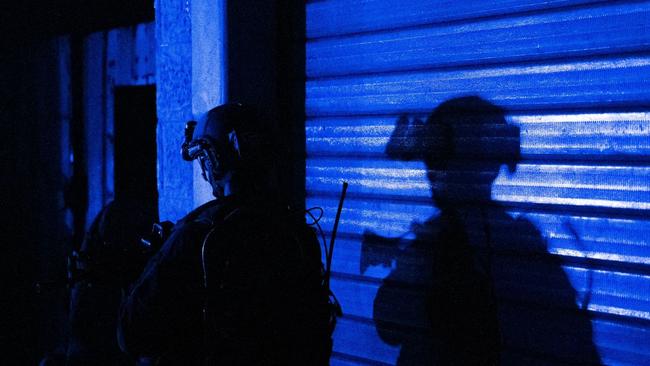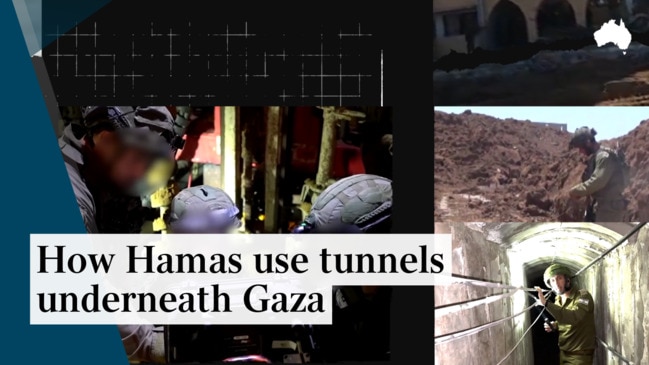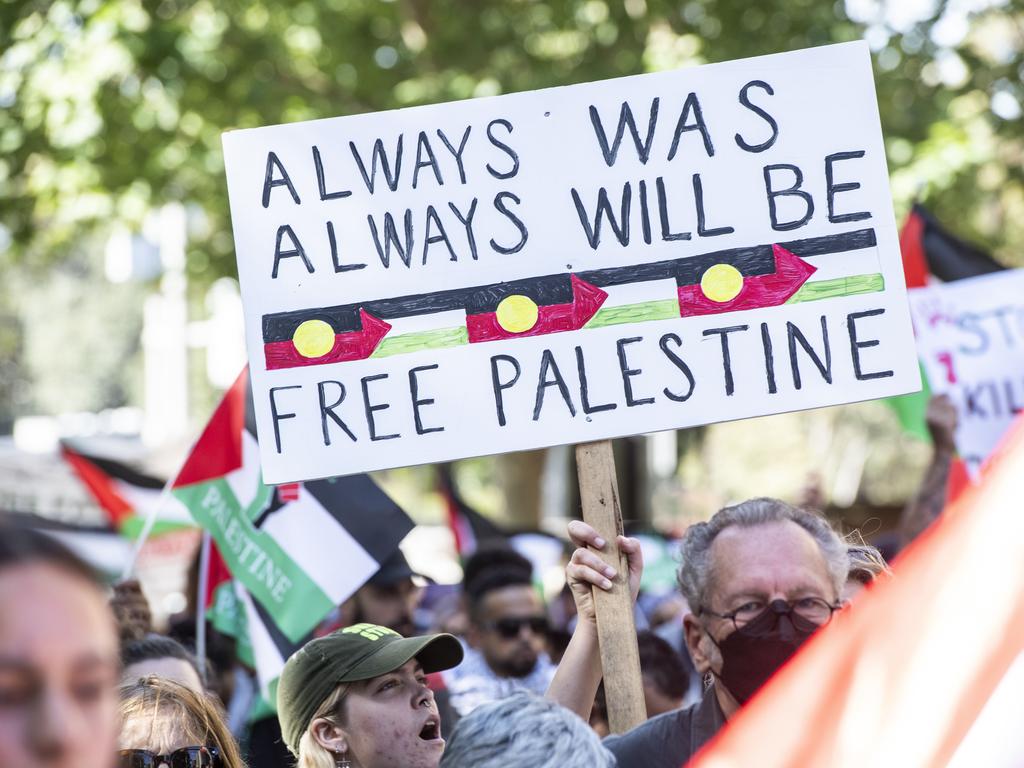Can Israel destroy Hamas’s tunnels in Gaza?
The subterranean network is thought to be far larger than expected – and could take months to destroy.

It was supposed to be a high-tech war, but the death of Master Sergeant Gal Eisenkot was old-fashioned.
A medic with Israel’s 551st reserve brigade, he was with a unit sent to blow up a tunnel entrance in Jabalia, the main refugee camp in northern Gaza. But the entrance was booby-trapped, and Eisenkot was caught by the blast, dying later of his injuries.
On Friday, he was buried with military honours, in the presence of the prime minister, Binyamin Netanyahu. His was an unusually high-profile death, since his father, Gadi, is a former army chief of staff and a member of Netanyahu’s war cabinet.
But his death is also a clue to the nature of the ground war in Gaza, and in particular the biggest challenge facing the Israel Defence Forces: how to destroy Hamas’s giant tunnel network.

Many complex strategies have been put forward for waging this underground war. Most
recently, Israel was reported to be putting in place pumps to flood the tunnels with seawater.
In practice, what the army is having to do is more modest and painstaking. “We put in landmines,” said Lieutenant Colonel Amit, an engineer who has been working his way through the wreckage of Beit Hanoun, a town in the northeast of the Gaza Strip, looking for shafts. He gave only his first name.
Asked about the pumps and the flooding proposal, he was laconic. “That’s not part of my plan,” he said.
Instead, after the infantry have cleared apartment blocks and streets – or what remains of them – his men scour them for holes. They have sonar equipment but it is of limited efficiency, particularly for deeper tunnels. Normally the eyes are the tools, and then dogs and small robots check the reality.
If they miss an entrance, Hamas fighters could emerge, staging lightning attacks before disappearing again.

Tunnelling is an age-old tactic. In World War I, sappers dug under no man’s land to plant explosives under the enemy’s trenches. Islamic State used tunnels to hide – its leader, Abu Bakr al-Baghdadi, was eventually cornered and blew himself up in one.
However, no army before has prepared itself to fight entirely underground as Hamas has done. At one point, the Israelis thought Hamas’s claim to have 300 miles of tunnels crisscrossing Gaza was an exaggeration. Now they believe it is an underestimate.
Amit compared the network to trees – concrete-reinforced trunks, big enough for jeeps to drive along and with rooms coming off them, and branches leading to the open air.
The IDF’s first approach was to bomb the main branches from the air, a method that led to the huge destruction seen in the early days of the war. On one occasion, a row of apartment blocks in Jabalia collapsed into a tunnel system that had been struck.
After that it is down to dogs, robots and explosives. “You need a lot of explosives to destroy a shaft,” Amit said.

Sometimes Hamas’s use of tunnels for hiding weapons helps the engineers. Amit showed a video taken by overhead drone of his men exploding a tunnel shaft in Beit Hanoun. The blast was followed by others up a street, including under an empty hospital. He said it indicated that the first blast had set off ammunition stores further along.
Overall, the army says it has uncovered 800 tunnel shafts and destroyed 500. Anthony King, an expert on urban warfare at Exeter University, said the IDF’s plan to eliminate the tunnels would take months – an operation that would be difficult to sustain.
“You can certainly degrade Hamas significantly and degrade the tunnel system significantly, but I’m not sure controlling the whole tunnel system is fully achievable,” he said.
Amit said the war above ground might last just a few more weeks but he expected to be dealing with the tunnels for many months, raising the unique spectre of a war fought out between an army above ground and thousands of fighters below it.
What happens at the end, too, is a matter of speculation. Amit acknowledged that Hamas fighters even now could be trapped and dying underground in partially collapsed tunnels.
Whether eventually others would surrender, including the top Hamas leaders, remains to be seen, as does the fate of the remaining hostages.
If Yahya Sinwar, Hamas’s leader in Gaza, and Mohammed Deif, its military supremo, hold out, that might be the point at which Israeli special forces have to go in, Daphne Richemond-Barak, a researcher at Reichman University near Tel Aviv, said. “I can envisage an ending like Baghdadi’s.”
The Times





